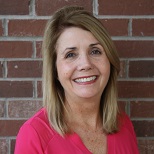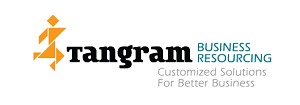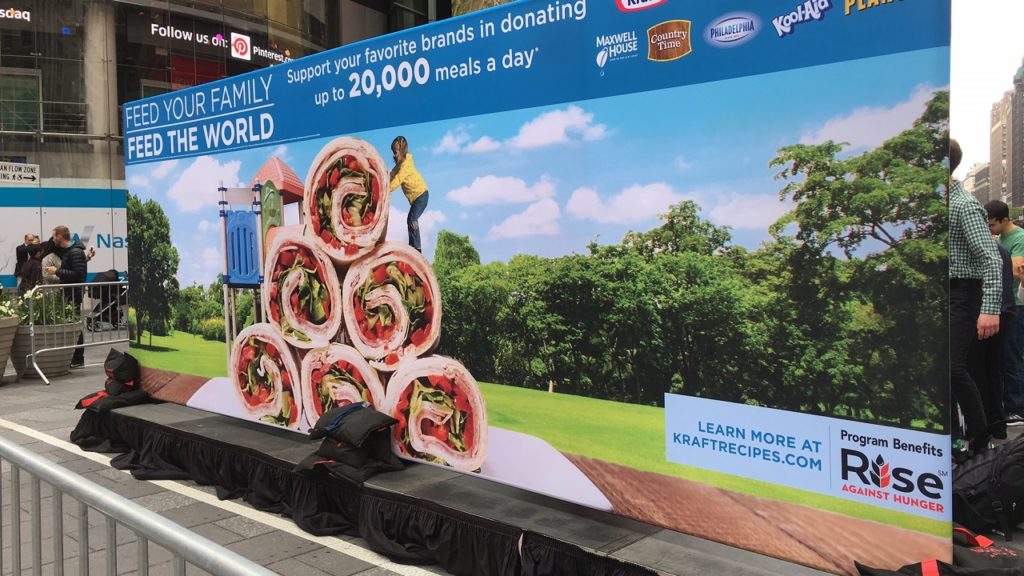
Kathy Bernhardt
Special to the Philanthropy Journal
By Kathy Bernhardt, Managing Director for Tangram Business Resourcing
In today’s competitive economic environment, companies are focused on gaining new customers, hoping to convert them into loyal customers and improve their bottom line.
 To help them outshine their competitors and attract more consumers, companies employ a variety of strategies, but there is one strategy that many companies fail to employ, making it the best kept secret in consumer marketing: leveraging the benefits of corporate social responsibility to tap into the market represented by individuals with disabilities.
To help them outshine their competitors and attract more consumers, companies employ a variety of strategies, but there is one strategy that many companies fail to employ, making it the best kept secret in consumer marketing: leveraging the benefits of corporate social responsibility to tap into the market represented by individuals with disabilities.
You may have read the recent article by Connecticut state senator Ted Kennedy Jr., which underscores the importance and advantages of companies embracing disability inclusion. In his article, he references the recent Accenture report, which shows for the first time ever that companies embracing practices for employing people with disabilities outperform those that are not. These companies experienced 28 percent higher revenue, double the net income and 30 percent higher profit margins. This data presents us with new evidence of the benefits that come from utilizing corporate social responsibility tactics.
So, what exactly is corporate social responsibility (CSR)? One of the best definitions I have seen comes from the McCombs School of Business at University of Texas, which states, “Corporate Social Responsibility, or “CSR,” refers to the need for businesses to be good corporate citizens. CSR involves going beyond the law’s requirements in protecting the environment and contributing to social welfare. It’s concerned with protecting the interests of all stakeholders, such as employees, customers, suppliers, and the communities in which businesses operate (McCombs School of Business (2018). Corporate Social Responsibility. Ethics Unwrapped).”
It’s wonderful to see more and more companies adopt CSR practices, but companies should view CSR as more than just the “right thing to do.” Done well, CSR can be a powerful business tool. In fact, according to a recent Forbes article, more companies are bringing CSR into executive management roles, otherwise known as the C-Suite. According to research from BCCCC, the number of companies employing corporate citizenship from the C-Suite has increased nearly 75 percent compared to five years ago.
At Tangram Business Resourcing, we are dedicated to helping businesses create CSR practices by expanding and diversifying their staff to include the market segment represented by people with disabilities.
Individuals with disabilities represent $220 billion in spending power, are brand loyal and are an integral part of every major demographic nationally. Unlike other target populations, disability knows no bounds – cutting across age, gender, ethnicity, income, region and almost all major categories important to business.
In North America alone, there are 54 million people with disabilities. According to Charles A. Riley II of the International Center for Corporate Accountability, that’s a bigger demographic than Latino, LGBTQ and African-American markets combined—and people with disabilities have twice the spending power as the coveted market of teens and 17 times that of tweens. The disability market size increases when you add in friends and family—people who care deeply about diversity and disability issues and make purchase decisions accordingly (Riley II, Charles A. “Handshakes, Not Handouts: Building the Business Case for Inclusion”).
Furthermore, Riley writes that, “The American Association of People with Disabilities and Public Opinion Research Inc. reports that more than 70 percent of members choose to buy from retailers that support people with disabilities, while a similar survey from the Center for Social Development and Education at the University of Massachusetts at Boston noted that 92 percent of participants with disabilities felt more favorable toward companies that hire individuals with disabilities, and 87 percent would give their business to those companies, according to the 2006 edition of the Journal of Vocational Rehabilitation (Siperstein et al. 2006).”
People with disabilities are just like any consumer—they choose where to shop, where to eat, which product to buy, what hotel to stay in, which vehicle to buy, what airline to fly and the list goes on!
Being intentional in marketing strategies goes beyond using people with disabilities in just visual marketing; it also includes understanding their needs. People with disabilities want what everyone else wants—products they can use, places they can visit that are ability friendly (beyond just physical ability), accessible websites and much more.
Marketing is a great place for companies to begin their strategy for tapping into this market, but it is just the tip of the iceberg when it comes to corporate social responsibility. With March being Indiana Disability Awareness Month, now is a great time for companies to make a commitment to disability inclusion in hiring practices and using influence and resources to help build inclusive communities. I’m confident that if businesses take this approach, it will lead to positive outcomes for the company and for the surrounding community.
Kathy Bernhardt is a corporate disability consultant and inclusion trainer. As the Managing Director of Tangram Business Resourcing, Kathy is responsible for the strategic development and implementation of programs to support businesses to build collaborative relationships aimed at achieving their inclusion goals. Kathy’s experience includes over 20 years of successfully establishing corporate and community relationships. Kathy specializes in building partner relationships on both a state and national level and strengthening connections between a variety of industries and their communities. Most recently, she was the consultant and project leader for a disability inclusion initiative at Sears. In a three-year period she provided over 250 presentations and trainings for retail stores, distribution centers and call centers across 13 states. Kathy was instrumental in the development of a customer service pre-training class to support recruitment efforts for a call center in Tempe, AZ. She has also worked with Jimmy Jazz, Indianapolis Public Library, Citizens Energy Group, Carrier, and others to increase awareness of inclusive practices in recruiting, hiring, and retention from the disability talent pipeline. Kathy is the chair of the Indianapolis chapter of Disability:IN.





